1958 auto union 1000
- Price:
- Condition: Used
- Make: Audi
- Model: Other
- Trim: 2 door business coupe
- Year: 1958
- Mileage: 42,000
- Engine size: 3 cylinders
- Number of cylinders: 3
- Drive type: Fwd
- Vehicle Title: Clear
- Location: Victorville, California, United States
Description
1958 auto union 1000 Business Coupe Saloon Been sitting for 30 years so no car does not run yet it's powered by a 3 cylinders 2 stroke 4 speed manual trans clean title no cancer floors are solid business coupe is complete besides the tail lights and hub caps but they have them for sale here on ebay I have the keys call or text for more info 714 four6four 92four8 The History of the Four Rings--Part 3 War and Liquidation The outbreak of the Second World War brought to an end this development. Auto Union AG built its last civil vehicles in 1940. From then on, it was obliged to heed official instructions and focus its production operations on the war effort. Auto Union AG was in existence for 16 years. For its last three years it was in effect merely awaiting liquidation, and for six years previous to that, the war had caused its automotive operations to be paralysed. Auto Union's wealth of innovation and meteoric growth all took place within the space of its first seven years. The innovation and skill of its automotive experts is reflected in over 3,000 patents granted both in Germany and elsewhere. One in four passenger cars registered as new in Germany in 1938 was built by Auto Union. More than one-third of all newly registered motorcycles in Germany were DKWs. Auto Union AG was the behind numerous technical developments, research findings and ideas that played a pioneering role in the creation of the modern-day car. After the end of the war, Auto Union AG's production facilities were expropriated and dismantled by the occupying Soviet forces. In 1948 the company was deleted from the trade register of the city of Chemnitz. By this time, several of Auto Union AG's senior management had moved to Bavaria, where the company had found a new home in Ingolstadt. A new beginning in Ingolstadt A new company bearing the name Auto Union GmbH came into being on September 3, 1949 in Ingolstadt, to uphold the automotive tradition of the four rings. It is this company that is the actual precursor of the present-day AUDI AG. From its base in West Germany, its purpose was now to maintain the tradition that the former Auto Union AG had established in Saxony. Life at the time of its re-establishment was frugal, so small, economical vehicles were called for. In the early years, the only vehicles built in Ingolstadt with the four-ring emblem were DKW motorcycles and cars, with their typical two-stroke engines. The formal re establishment of the company in 1949 was actually already the second step towards a new beginning after the war. The first move after "zero hour" took place on December 19, 1945, when the "Zentraldepot für Auto Union Ersatzteile GmbH" was founded in Ingolstadt. This central depot had the task of supplying spare parts for all pre war Auto Union vehicles that had survived the ravages of the past six years; there were all of 60,000 such vehicles in the western occupied zones. So why Ingolstadt? One argument in favour of Ingolstadt as the home of the central depot was its good transport connections, located as it was at the heart of Bavaria. Influential figures in the Ingolstadt city authorities presented a good case in favour of the central depot, arguing that it would aid the regional employment market. However, the key reason for the re-establishment of the company in Ingolstadt was its centuries-old military tradition as a garrison town: this legacy included expansive outdoor areas and numerous barracks, outbuildings, casemates and the like – invaluable assets at a time when there was precious little capital for erecting new buildings. From its headquarters in the former army supplies office in Schrannenstrasse, the company was gradually able to take over a variety of other buildings such as the Friedenskaserne barracks, the New Arsenal, the NCOs' building, the vehicle halls, the ammunition store, the riding hall and the large parade ground. As its facilities were scattered all over the city, a rational production process was scarcely possible. The workers referred to it tongue-in-cheek as the "United Hut and Shed Company." The "Bavarian Strike" August 9, 1954 saw the outbreak of a strike in the Bavarian metalworking industry which many inhabitants of Ingolstadt still vividly recall. This was one of the first major industrial disputes in the young Federal Republic of Germany, and companies in the metalworking sector even went so far as to call it the "most stirring and significant event of the post-war years." Auto Union, one of the largest employers in the city, with a workforce of around 5,000, likewise saw most of its workers lay down their tools. Their demands included a shorter working week, higher pay and better working and living conditions. The "Bavarian strike" lasted until August 31, 1954, when an agreement was finally reached through arbitration. An average pay increase of just over four percent was the outcome. The Liaison with Daimler-Benz The "Bavarian strike" cost Auto Union around DM 920,000. 1954 was nevertheless the first year in which the company recorded a notable profit (around DM 400,000). In the same year Friedrich Flick, the majority shareholder in the iron and steel works Eisenwerk-Gesellschaft Maximilianshütte mbH Sulzbach-Rosenberg, popularly known as "Maxhütte", acquired a financial interest in Auto Union GmbH. He realised some years previously that the Ingolstadt car manufacturer would one day need a partner with plenty of capital. In 1957, Flick advocated the takeover of Auto Union by Daimler-Benz. At that time, he owned 41 percent of Auto Union's shares, as well as a 25 percent stake in Daimler-Benz. He could also rely on the backing of the Swiss industrial magnate Ernst Göhner, who likewise held a 41 percent interest in Auto Union. Daimler-Benz AG accepted the offer. In view of growing pressure from foreign competition, it wanted to extend its production range in market segments lower down the range. Flick also dropped Daimler-Benz a large hint that he was in negotiation with Ford, too. On April 24, 1958 Daimler-Benz acquired around 88 percent of Auto Union's shares for just over DM 41 million. One year later, in 1959, the remaining shares were also sold to Daimler-Benz. Daimler's board of management spokesman Fritz Könecke summed up the merger of Germany's second-largest and fifth-largest car manufacturers as follows: "We have married a nice girl from a good, old-established family!" On April 9. 1958 the business newspaper "Handelsblatt" wrote: "With the takeover of Auto Union GmbH, which reports annual turnover of around DM 400 million and employs a workforce of 10,000, the Daimler-Benz Group is now once again the Federal Republic of Germany's largest car manufacturer in terms of sales revenue, too." A New Plant in Ingolstadt At the time of the Daimler-Benz takeover, the only Auto Union vehicles in production in Ingolstadt were motorcycles and the DKW rapid delivery van. Auto Union's car production operations were concentrated at the Düsseldorf plant that had gone into operation in 1950. For want of capital, the company had put back production of a modern, low-priced small car that had been in development since the mid-1950s and that was one day to be launched under the name "DKW Junior". Although the takeover by Daimler-Benz guaranteed the necessary funding of the long-overdue project, the company was short of the production capacity needed. A new plant therefore had to be erected without delay – either in Ingolstadt, or in Zons, near Düsseldorf, where the company had already acquired an industrial site. Fritz Böhm, at that time Chairman of the Works Council and a member of the State Parliament, is said by former colleagues to have "fought like a lion" to have the new factory built in Ingolstadt. Thanks to his useful contacts with the world of politics, the Free State of Bavaria was always "one step ahead" of North Rhine-Westphalia. An investment loan of DM 25 million from the Bavarian State Bank played a major part in the company's ultimate choice of Ingolstadt. Another factor which argued in Ingolstadt's favour was the impending collapse in business for two-wheelers: in view of plummeting demand for motorcycles, there were plans to wind down DKW motorcycle production in the short term. In contrast to the Zons location, there were considerable numbers of qualified workers available in Ingolstadt – in the late 1950s, a major consideration whenever a company was deciding where to locate. In July 1958, construction work on the new plant in Ettinger Strasse finally began. A sum of DM 76 million was invested here in 1959, and a further DM 51 million in 1960. The regional newspaper, Donaukurier, wrote euphorically: "One of the largest and most modern car plants in Europe is currently being erected near Ingolstadt".
More Audi classic cars for sale
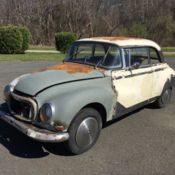 1962 Auto Union 1000S
1962 Auto Union 1000S
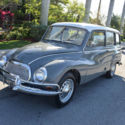 1962 Auto Union DKW Audi similar to VW beetle mg mga ferrari fiat jolly porsche
1962 Auto Union DKW Audi similar to VW beetle mg mga ferrari fiat jolly porsche
 1973 AUDI 100LS PROJECT CAR COUPE ORIGINAL LOW MILEAGE RARE NSU AUTO UNION
1973 AUDI 100LS PROJECT CAR COUPE ORIGINAL LOW MILEAGE RARE NSU AUTO UNION
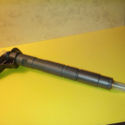 New Audi injectors (Only post to the European Union)
New Audi injectors (Only post to the European Union)
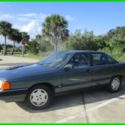 1990 AUDI 100 2.3 AUTO CLASSIC RUNS DRIVES SHIFTS NO RESERVE
1990 AUDI 100 2.3 AUTO CLASSIC RUNS DRIVES SHIFTS NO RESERVE
 1962 Auto Union 1000S
1962 Auto Union 1000S
Year: 1962
Mileage: 17,579
Mileage: 17,579
 1962 Auto Union DKW Audi similar to VW beetle mg mga ferrari fiat jolly porsche
1962 Auto Union DKW Audi similar to VW beetle mg mga ferrari fiat jolly porsche
Year: 1962
Mileage: 21,000
Mileage: 21,000
 1973 AUDI 100LS PROJECT CAR COUPE ORIGINAL LOW MILEAGE RARE NSU AUTO UNION
1973 AUDI 100LS PROJECT CAR COUPE ORIGINAL LOW MILEAGE RARE NSU AUTO UNION
Year: 1973
Mileage: 38,000
Mileage: 38,000
 New Audi injectors (Only post to the European Union)
New Audi injectors (Only post to the European Union)
Year: 1914
Mileage: 1
Mileage: 1
 1990 AUDI 100 2.3 AUTO CLASSIC RUNS DRIVES SHIFTS NO RESERVE
1990 AUDI 100 2.3 AUTO CLASSIC RUNS DRIVES SHIFTS NO RESERVE
Year: 1990
Mileage: 131246
Mileage: 131246
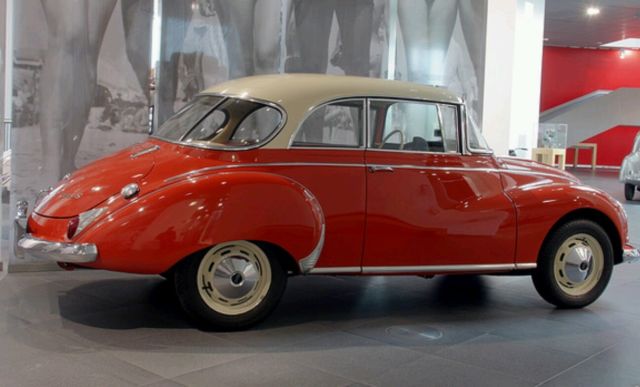
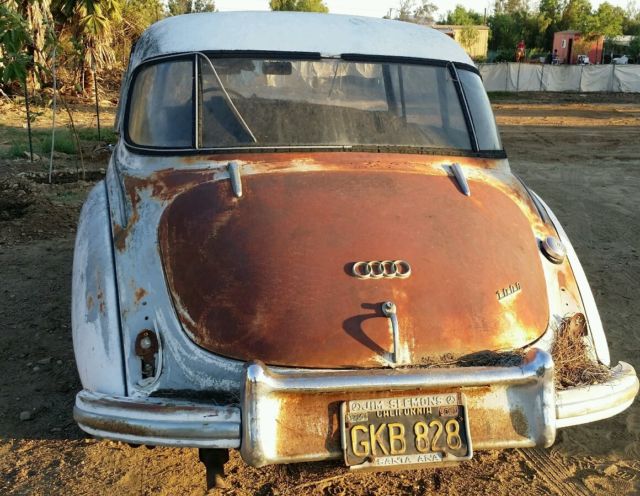


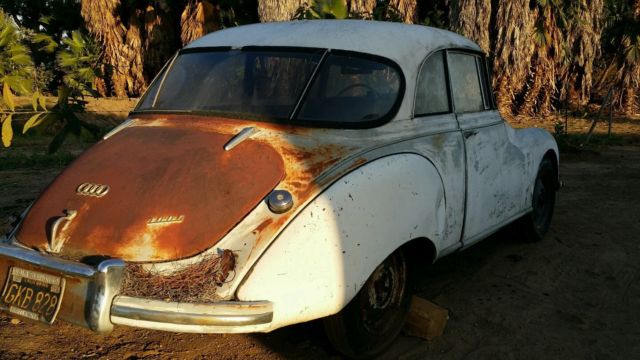

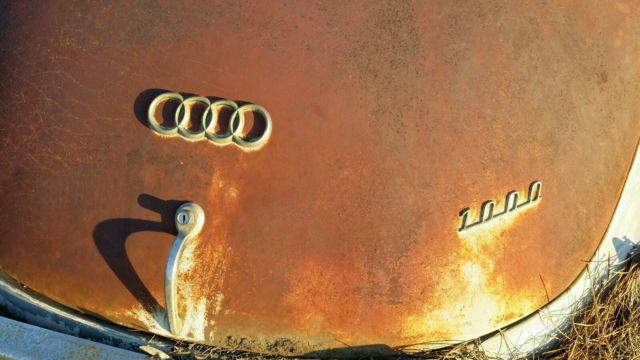

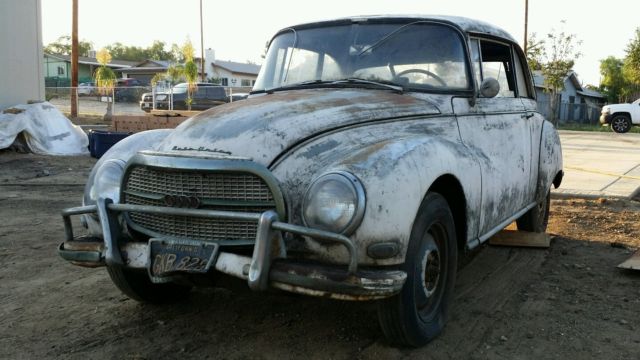

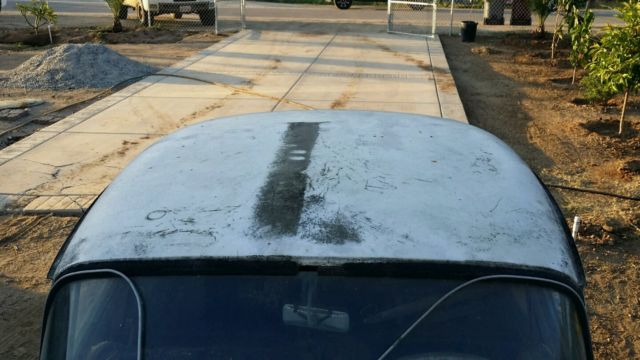
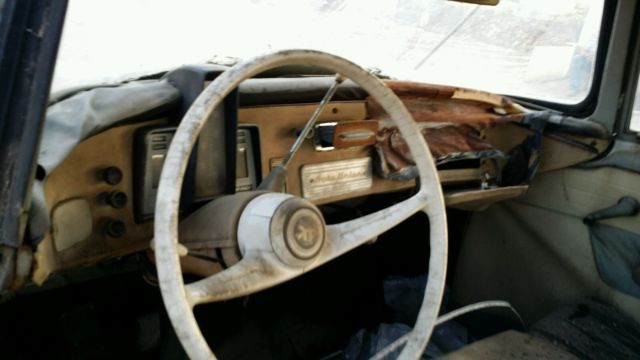
 Vintage car DKW Auto Union 1000 S Coupe 1963 Oldtimer
Vintage car DKW Auto Union 1000 S Coupe 1963 Oldtimer
 1957 Audi DKW 3=6 Universal Kombi Wagon Auto Union Sonderklasse
1957 Audi DKW 3=6 Universal Kombi Wagon Auto Union Sonderklasse
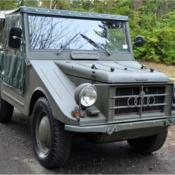 1963 DKW/Audi/Auto Union Munga Jeep, 4x4, 3 Cylinder, Side Curtains, Fabulous
1963 DKW/Audi/Auto Union Munga Jeep, 4x4, 3 Cylinder, Side Curtains, Fabulous